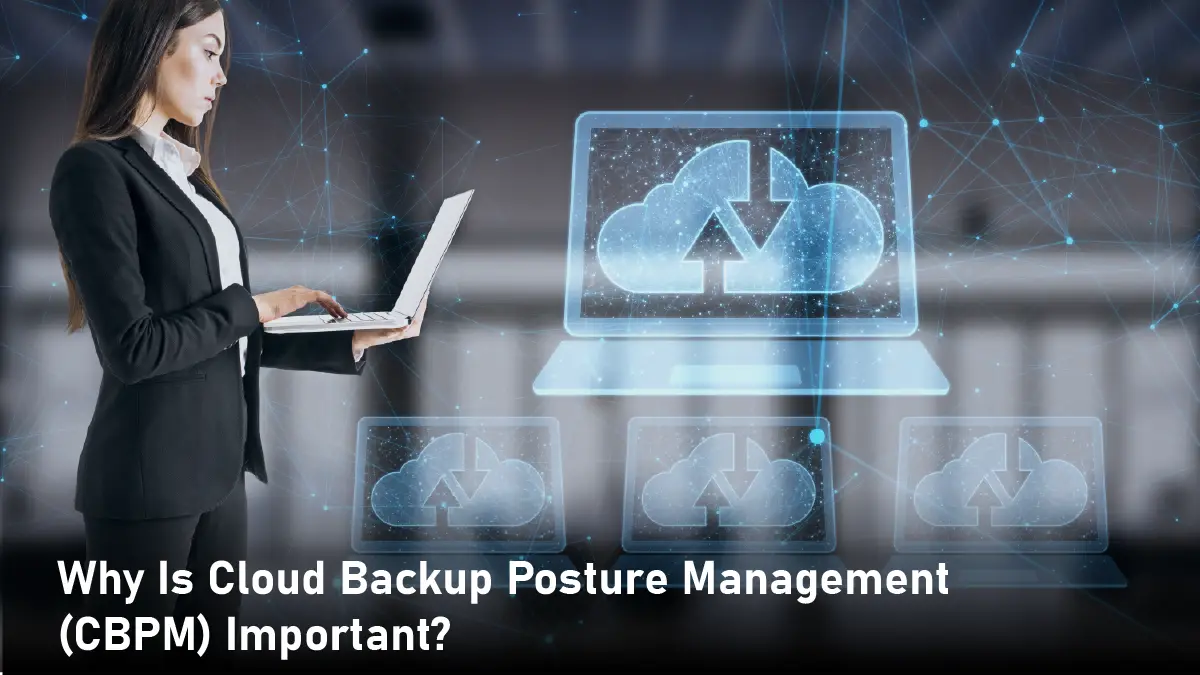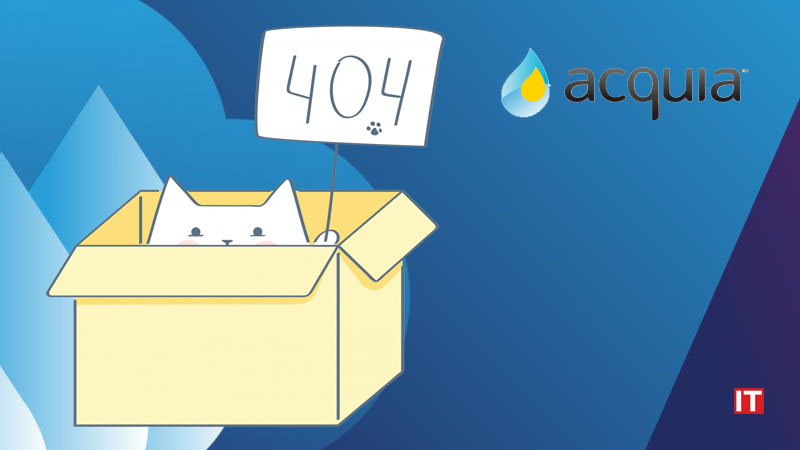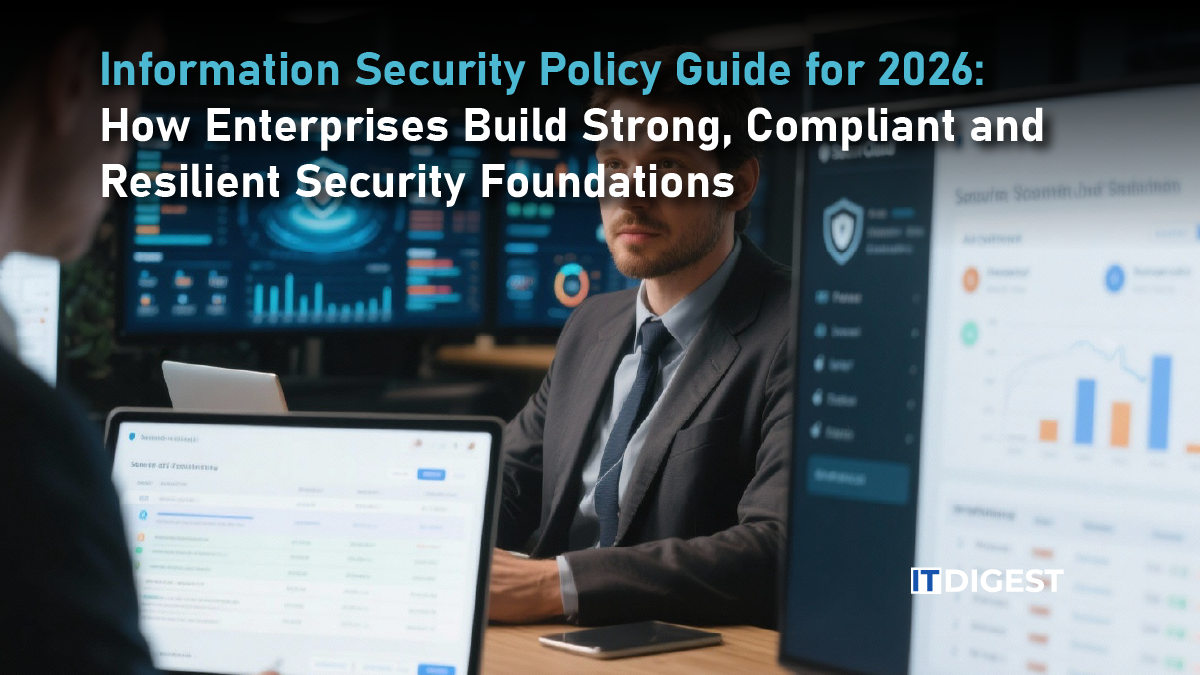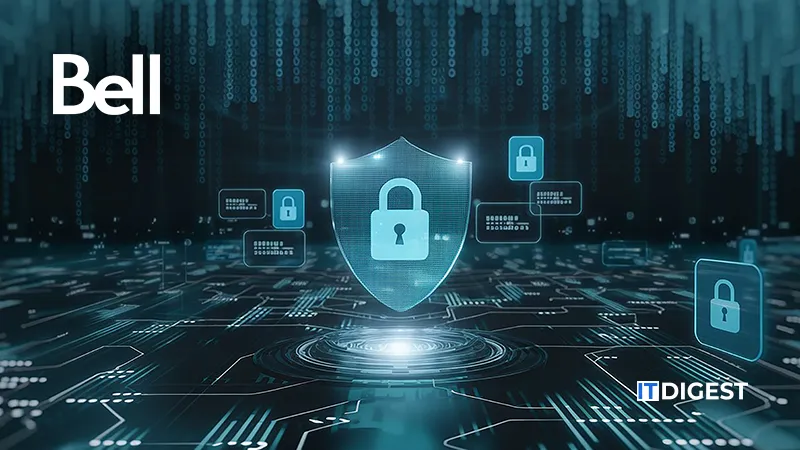The Information Revolution has engulfed us to a point that we can’t think about spending our life or doing our daily activities without technology. All our information is online. Our personal, professional, and business data lives online. With this, the question arises about having a backup if online systems fail. How do we ensure data isn’t lost? This is where cloud backups, and most importantly, Cloud Backup Posture Management (CBPM) comes in.
So What Exactly Is Cloud Backup Posture Management (CBPM)?
Cloud Backup Posture Management (CBPM) is a process that helps us manage cloud backups efficiently across multiple cloud environments. It goes beyond basic backup solutions by continuously scanning, mapping, and classifying cloud resources. It ensures that each resource is protected by the correct backup policy in alignment with business and compliance requirements. The advantages? Improved backup efficiency, cost reduction, risk mitigation, and more. Let’s delve into this critical process and its urgent need in today’s times.
The cloud is now more dynamic than before and is constantly evolving. Keeping track of the growing, constantly changing, cloud environments and ensuring that each resource is backed up. The whole process can be complex and time-consuming. With resources spread across multiple cloud providers and storage solutions, businesses seek an effective backup strategy. 67% of businesses are turning to cloud-based solutions to protect their data. CBPM is slowly becoming an important part of cloud backup. It involves scanning and mapping cloud resources continuously, ensuring that each resource has a proper backup and complies with policy requirements. CBPM aims to optimize backup efficiency, reduce costs, minimize risks, and ensure data is always ready for recovery.
How Does Cloud Backup Posture Management (CBPM) Work?
CBPM platforms follow a systematic, repeatable process that ensures reliable management of cloud backups. This structured approach allows organizations to maintain continuous oversight and control over their backups as their cloud environments evolve.
- Continuous Discovery – CBPM tools automatically identify new or changed resources in the cloud environment.
- Data Classification – Resources are tagged based on data type, such as personal, financial, or health information.
- Policy Application – The right backup policy is applied to each resource, ensuring nothing is over- or under-protected.
- Ongoing Monitoring – The system repeats this process, maintaining compliance and security as the cloud grows and changes.
Why Is Cloud Backup Posture Management (CBPM) Important?
Traditional backup strategies are no match for today’s dynamic cloud environments. Without CBPM, organizations risk:
Data gaps and vulnerabilities
Costly redundancies from over-backing up
Compliance headaches
Lengthy downtime during data recovery
CBPM bridges these gaps by automating backup management, reducing manual effort, and giving organizations a clear, real-time view of their backup management.
Benefits of Cloud Backup Posture Management (CBPM)
Picture a smart assistant that never forgets to save your important info. It keeps your digital world safe and sound. That’s exactly what CBPM does for you! It’s a superhero for your data. It ensures everything is backed up and ready to restore when you need it. Here’s why CBPM is such a game-changer:
Automatic Backup: No more manual backups or last-minute panic! CBPM automates the whole process, so your data is safely stored without you having to lift a finger.
Data Visibility: It gives you a simple, bird’s-eye view of all your backups across different cloud platforms, so you always know what’s protected and what’s not.
Smart Backup Rules: CBPM applies the right backup policies automatically, making sure you don’t have too many backups cluttering your space.
Risk Reduction: Through constant monitoring, CBPM spots any weak spots or missing backups before they become big problems.
Saves Time and Effort: With CBPM handling backups, businesses can focus on other important operations instead of worrying about data safety.
Peace of Mind: The average cost of a data breach in 2024 was around US$ 5 million. Thus, knowing that data is safe and recoverable anytime gives you a calm, confident feeling, like having a safety net for your digital life.
Also Read: Multi-Cloud Management: How to Optimize Costs and Performance
CBPM vs. Traditional Backup Approaches
| Feature | Traditional Backups | CBPM |
| Resource Discovery | Done manually | Automatically and continuously |
| Policy Assignment | Fixed and manual | Flexible and automatic |
| Compliance Monitoring | Checked occasionally | Monitored in real-time automatically |
| Visibility | Limited and scattered | Clear and centralized |
| Risk Management | Reacts after problems occur | Prevents problems proactively |
| Recovery Speed | Slow and manual | Fast and automated |
| Cost Optimization | Often wastes resources | Saves cost by avoiding unnecessary backups |
CBPM and Cloud Security Posture Management (CSPM): How They Relate
CBPM and CSPM are both essential for protecting cloud environments, but they focus on different aspects. CBPM is all about making sure your cloud data is always backed up, recoverable, and compliant with regulations. In contrast, CSPM is designed to continuously monitor cloud settings, spot misconfigurations, and enforce security policies to prevent breaches.
Both solutions use automation and real-time monitoring to reduce risks and improve visibility. While CBPM ensures that data can be restored if something goes wrong, CSPM works to prevent security incidents from happening in the first place by keeping cloud configurations secure and compliant.
When used together, CBPM and CSPM give organizations a complete cloud risk management strategy – CBPM protects your data, and CSPM protects the cloud environment it lives in. This combination helps businesses avoid data loss, stay secure, and meet compliance requirements in today’s complex cloud environment.
Case Studies of Companies Embracing Cloud Backup Posture Management (CBPM)
Case Study 1: Eon
Eon, a leader in cloud backup solutions, implemented CBPM to help businesses manage their increasingly complex and dynamic cloud environments. Before adopting CBPM, companies struggled with manual tagging, inconsistent backup policies, and the risk of either over- or under-backing up critical data. Eon’s CBPM platform automated the entire process. It continuously scanned and mapped cloud resources, classified data types, and applied the correct backup policies without human intervention. This resulted in reduced compliance risks, data security, cost reduction, and improved accessibility. Eon’s approach transformed backups into a strategic asset, giving organizations confidence and resilience in their cloud operations.
Case Study 2: NetApp Cloud Backup Service
A company leveraging NetApp’s cloud backup service faced the challenge of backing up on-premises ONTAP clusters to the cloud while maintaining business continuity. After adopting NetApp’s CBPM solution, the company could immediately begin backing up data to Azure with no learning curve, due to seamless integration with their existing environments. By automating backup and providing instant recovery options, NetApp’s solution empowered the company to meet business-critical backup and restore needs efficiently and securely.
These case studies highlight how CBPM can simplify backup management, boost security, and ensure compliance for organizations navigating today’s complex cloud environments.
Conclusion
CBPM is like having a super-smart, tireless backup buddy who never sleeps and always keeps your data safe. Instead of stressing over missed backups or drowning in confusing policies, CBPM swoops in to scan, tag, and protect your data automatically, making sure everything is backed up just right. This smart automation process saves time, cuts costs, and keeps those pesky compliance headaches far, far away. And with success stories from companies like Eon and NetApp, it’s clear that CBPM is becoming a must-have for every business.
































